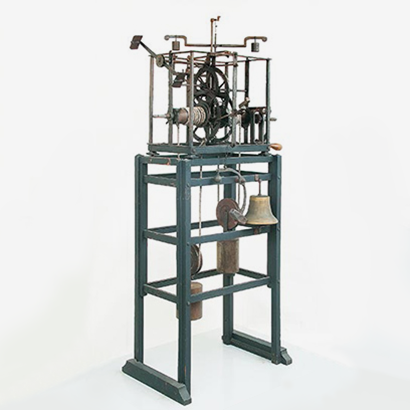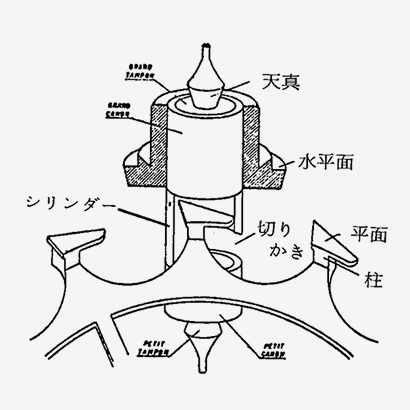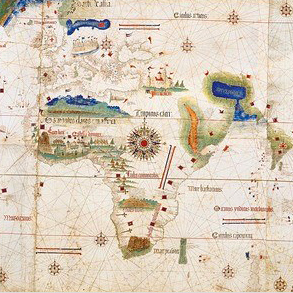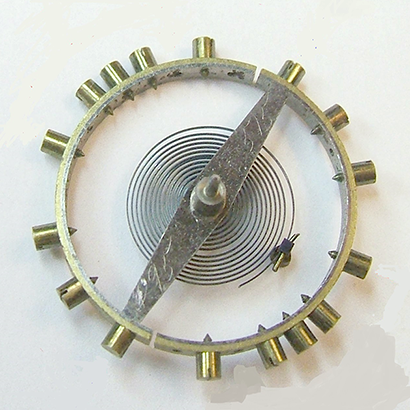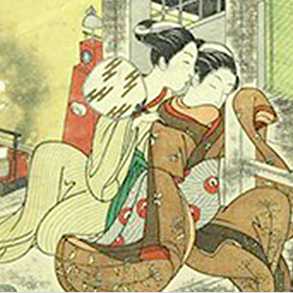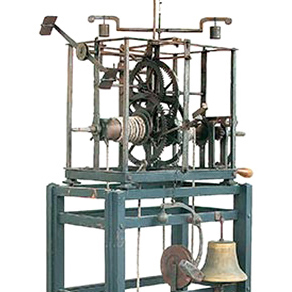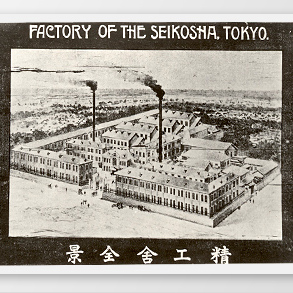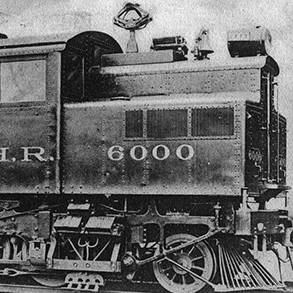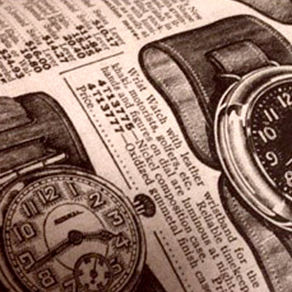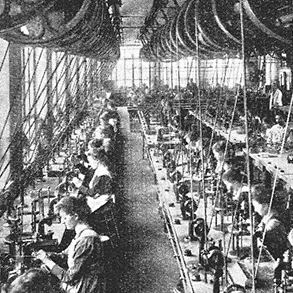France and Germany, Centers of the Timepiece Industry in the 16th Century
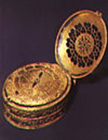
Nuremberg and Augsburg of Southern Germany and Paris and Blois of France became important transportation hubs of the European Continent at the beginning of the 16th century. Ideas, information, and goods of all varieties passed through these four cities. People placed a high commodity value on especially rare clocks, which fueled demand for them and attracted clockmakers. That was the beginning of the timepiece industry in Europe.
Clockmaker guilds were established in towns that abounded with forging workshops specialized in the production of good such as locks, decorative work, and gold artifacts.
Blacksmiths, locksmiths, and lapidaries all required high levels of vocational knowledge. But clockmakers were recognized as the most intelligent by dint of the advanced techniques and precise calculations they had to master. These same cities were centers of Luther’s and Calvin’s religious reformation. The protestant work ethic encouraged by the reformists helped the timepiece industry to flourish.
Decline of France and Germany through Religious Persecution
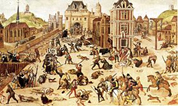
The protestant reformers were targets of religious oppression and persecution by the Roman Catholic Church. The oppression was especially severe in France, where the Calvinists fought against the French Catholics in the French Wars of Religion from 1562 to 1598.
When the Calvinists were exiled from France they fled to Geneva, a base for Calvinists; to Bern in Switzerland; to Le Locle, La Chaux-de-Fonds, and Neuchatel in the Jura Mountain valley along the border between France and Switzerland; and to Britain, which had separated from the Roman Catholic. Many of the exiled Calvinists brought advanced techniques in timepiece manufacture to their new homes.
The timepiece industries in Nuremberg and Augsburg, Germany continued to decline during the Thirty Years’ War (1618 to 1648), the last war of religion.
As a consequence of this religious oppression and exile, the center of the timepiece industry moved from Germany and France to Britain in the early and middle years of the 17th century.
Emergence of the Timepiece Industry in Switzerland

Geneva and neighboring towns were once centers of luxurious and splendid lapidary work such as chasing and enameling. The Swiss craftsmen of the day, with their exalted techniques and aesthetic sensibilities, had little desire and few opportunities to create utilitarian artifacts such as clocks. But things changed at the end of the 16th century.
The Huguenot clockmakers who came to Switzerland in the late 16th century could have built a thriving timepiece industry, but they balked at the Roman Catholics and refused to produce jewelry or decorative jewel clocks. They preferred a simple, sober aesthetic in keeping with their religion. Bereft of demand for any type of clock without extravagant jewel adornments, the Huguenot clockmakers of Switzerland had little work to occupy them. The timepiece industry was not to become major in Switzerland until the end of the 17th century.
Bearers of the Timepiece Tradition in 18th Century Switzerland

Jehan-Jacques Blancpain, the founder of the world’s oldest brand, “Blancpain,” opened a workshop in 1735. Pierre Jacquet-Droz and Jean-Marc Vacheron followed suit with their own workshops in 1738 and 1755.
Abraham-Louis Breguet, a native of Neuchatel, opened a clock shop in Paris in 1775. In ensuing years he contrived a number of revolutionary mechanisms and designs. His innovations were said to have advanced the timepiece history by more than 200 years.
The Shape of the Swiss Timepiece Industry and Adaptation for Popularization
Capitalists in Switzerland established a timepiece industry consisting of small cottage factories, “établisseur” who only produce a certain components, such as just cases, dials, hands, and the watch assemblers who check the quality of each component and assemble to the complete timepieces.
Lacking a significant market at home, Swiss timepiece makers of the 19th century researched the needs of the consuming public in Britain and European continent. Based on their research, they improved and downsized their pocket watches without tradeoffs in precision or price.
They could keep the low price by shifting the factory work to farmers in the Jura Valley area as a side job, who worked for the lowest wages in Western Europe. They also scaled up their exports to Britain and developed their businesses tremendously by introducing machine production.
Production Method Reforms after the Loss of International Exhibitions
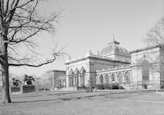
Switzerland became the kingdom of timepieces in the middle of the 19th century, but it lost the American market. Waltham and other emerging American timepiece producers set up for mass manufacture by automation soundly defeated the Swiss at international exhibitions in Vienna in 1873 and Philadelphia in 1876.
This brought more changes to the Swiss timepiece industry, inciting timepiece makers to build American-style production systems by standardizing parts and reorganizing the whole timepiece industry. The surviving famous brands built modern timepiece factories with assembly lines as “manufacture” horlogerie.
In nearby Britain, the timepiece industry fell into ruin. What once had been the world’s top timepiece industry, in the 1700s, all but disappeared by the end of the next century. The British failed to reform their industry, clinging fast to older methods of production in spite of falling sales.
References
・Hirai, Sumio, The story of timepieces. The Asahi Shimbun
・Tsunoyama, Sakae, Social History of the Timepiece. Chuko Shinsho
・Yamaguchi, Ryuji, Timepieces. Iwanami Shinsho
・Ueno, Masuo, The story of timepieces, Hayakawa Shobo


